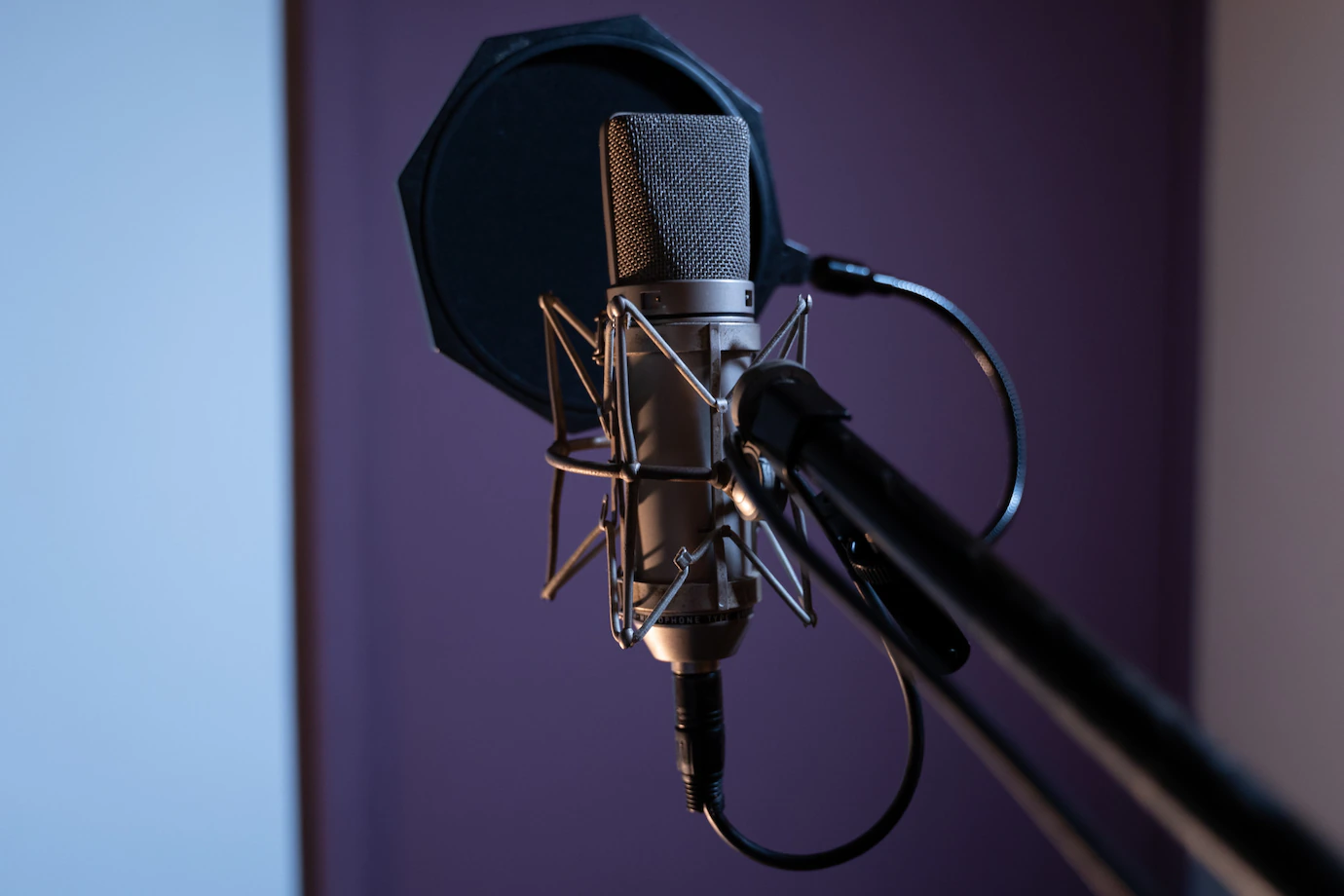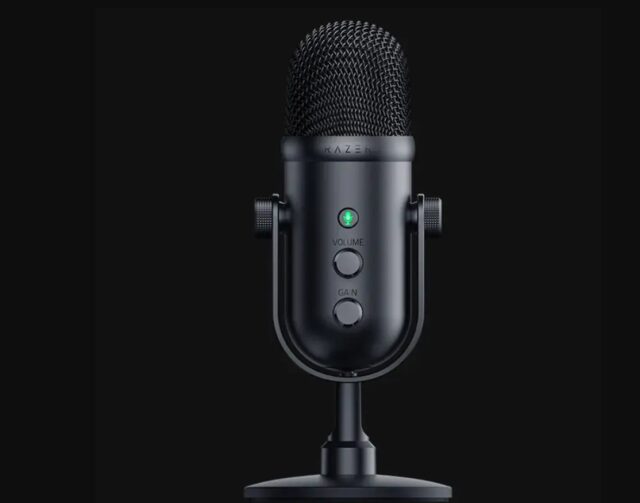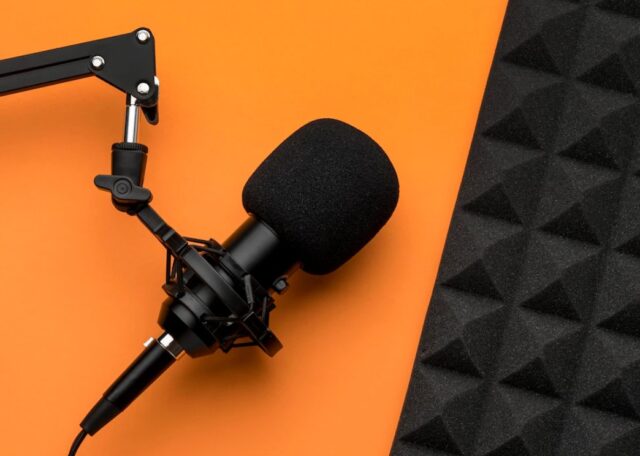
Whether you’re a YouTuber, Twitch streamer, or just someone who wants to capture high-quality audio for live streaming, a good microphone is essential. There are a lot of different microphones out there, so it can be tough to know which one is right for you.
As the live streaming industry continues to grow, so makes the demand for high-quality microphones. While there are a variety of mic options on the market, the price of microphones has continued to rise, especially over the past year. Now let’s discuss the facts about choosing your ideal live streaming microphone for singing.
Vocal Range and Harmonics
The microphone can capture your vocal range and harmonics. A microphone with a good frequency response will be able to pick up on the nuances in your voice, which is essential for a quality live stream. Another important factor to consider is the microphone’s directionality. If you’re using a microphone for live streaming, you’ll want to make sure it’s focused on your voice and not picking up any ambient noise from the room.

Vocal Presence Range
One of the things to consider is the vocal range of the microphone, as this will determine how well it picks up your voice. There are microphones specifically designed for different vocal ranges, so be sure to choose one that is suitable for your voice. Another important factor to consider is the sensitivity of the microphone, as this will determine how much background noise is picked up. If you are using a microphone for live streaming, you will want to make sure that it is sensitive enough to pick up your voice without picking up too much background noise.
Vocal Plosives
You need to make sure that the microphone you choose is able to handle vocal plosives.
Plosives are the hard sounds that are made when certain consonants are pronounced, and they can cause a lot of issues for microphones. If you’re not sure which microphone to choose, ask a professional for help. They’ll be able to help you find the perfect microphone for your needs.

The Proximity Effect in Directional Microphones
Directional microphones are great for podcasts, interviews, and other situations where you want to isolate a sound source. But they can also be used to create some interesting effects. One of these is the proximity effect. The proximity effect is a phenomenon where the closer you are to a sound source, the more bass you will hear. This is because low-frequency sound waves are amplified more than high-frequency sound waves.
So, if you want to create a more intimate sound or make a voice sound fuller, you can take advantage of the proximity effect by moving the microphone closer to the sound source. Just be aware that you may also pick up more ambient noise this way.
Microphones are the most important equipment for any streaming channel. The Mic you use determines the sound quality of the audio. So, you need to be very careful before investing money on Microphones.
Different types of microphones for live singing
There are a few different types of microphones that are typically used for live singing. The most common type is the dynamic microphone, which is best for capturing loud sounds.
Another popular option is the condenser microphone, which is more sensitive and can pick up subtle nuances in your voice.
If you’re planning on doing a lot of moving around, a wireless microphone might be a good option for you. These allow you to have more freedom of movement without having to worry about tangled cords.
No matter what type of microphone you choose, make sure it’s one that will work well with your voice. You may need to experiment with a few different options before you find the perfect match.

Pros and cons
Dynamic microphones are durable and can handle high sound pressure levels, making them ideal for use in loud environments. However, they tend to have a limited frequency response and can produce a “muddy” sound if not used correctly.
Condenser microphones are more sensitive than dynamic microphones and have a wider frequency response. This makes them great for capturing the subtle nuances of a singer’s voice. However, they require more delicate handling than dynamic microphones and can be damaged by loud sound pressure levels.
Ribbon microphones are similar to condenser microphones in terms of sensitivity and frequency response. However, they are much more resistant to damage from loud sound pressure levels, making them ideal for use in live settings. Ribbon microphones also have a unique “warm” sound that is often favored by singers.
How to choose the right microphone for your voice
When it comes to choosing a microphone for your voice, there are many factors to consider. The following tips will help you choose the right microphone for your voice and ensure that you have a great live singing experience.
1. First, consider the type of microphone that will best suit your voice. If you have a deep voice, choose a dynamic microphone. If you have a high-pitched voice, consider using a condenser microphone.
2. Next, think about the size of the microphone. If you plan on using the microphone for close-up singing, choose a small diaphragm condenser mic. If you need a mic that can pick up sound from a distance, go for a large diaphragm condenser mic.
3. Another important factor to consider is the directionality of the microphone. If you want to pick up sound from all around you, choose an omnidirectional mic. If you only want to pick up sound from one direction, go for a directional mic.
4. Finally, think about what kind of live setting you’ll be using the microphone in. If you’ll be singing in a large venue, choose a wireless system so that you can move around freely onstage without being tethered to a stand or cable.
There are a lot of different factors to consider when choosing a microphone for live singing in a stream. In the end, it comes down to personal preference and what works best for your voice and your style of singing.









